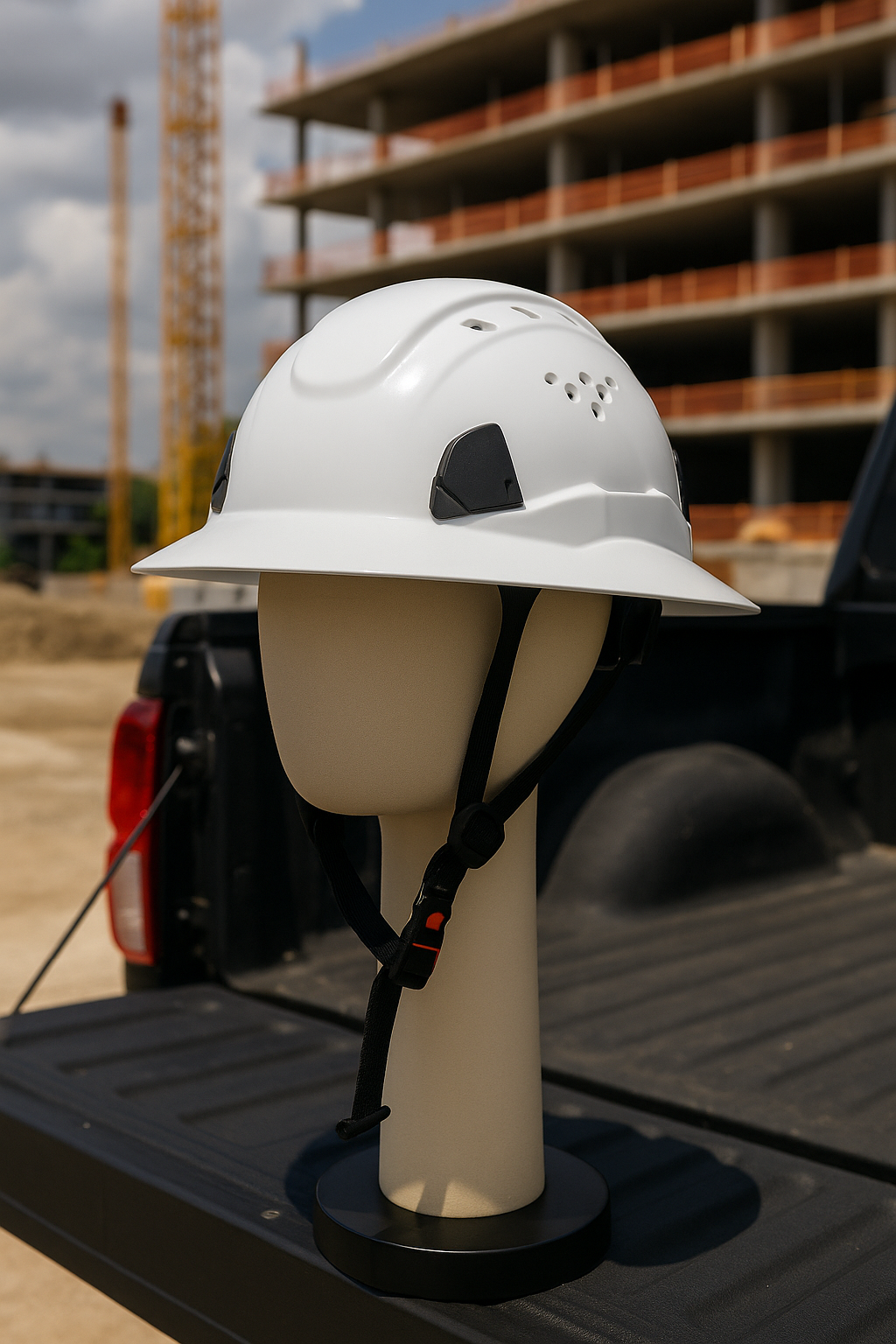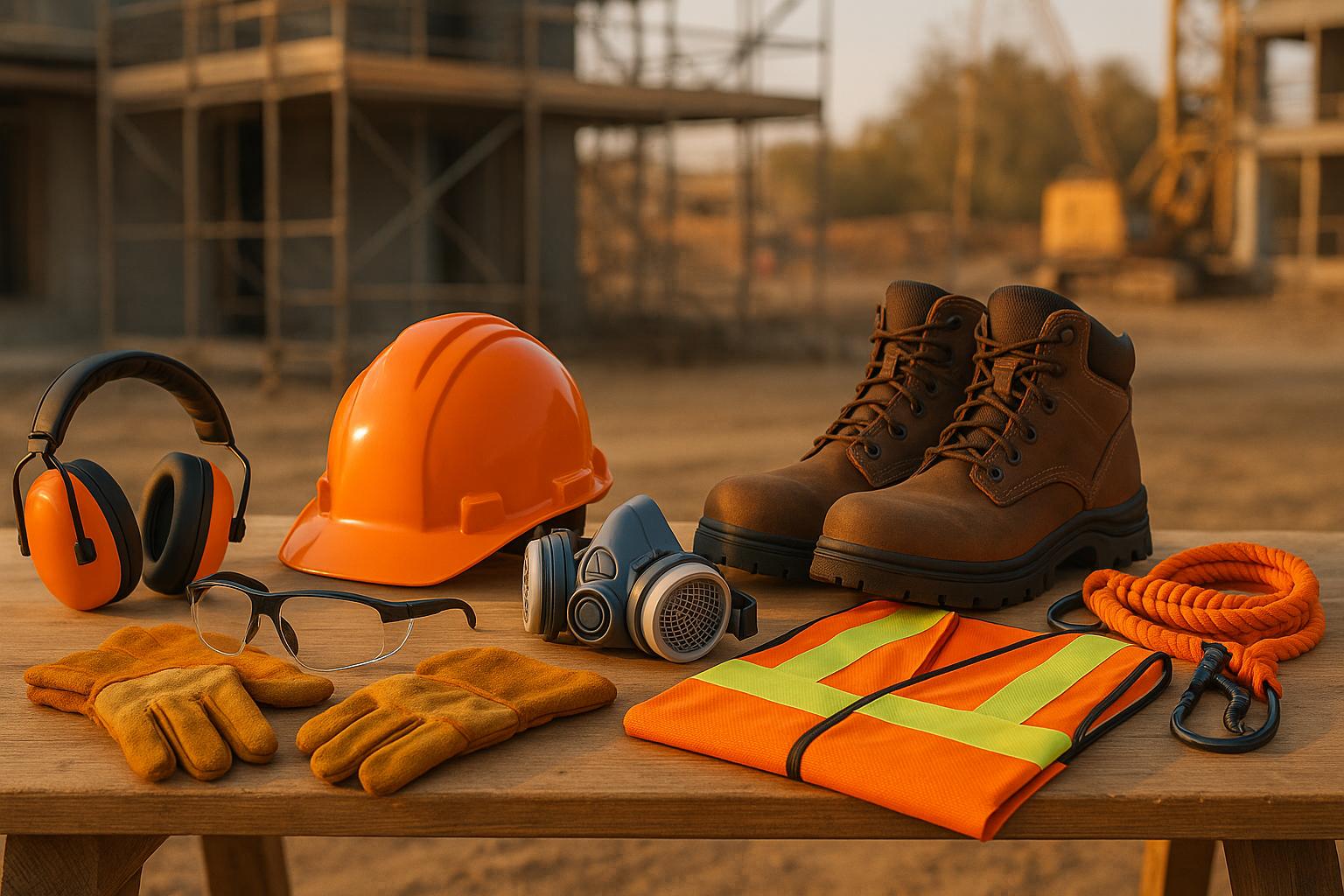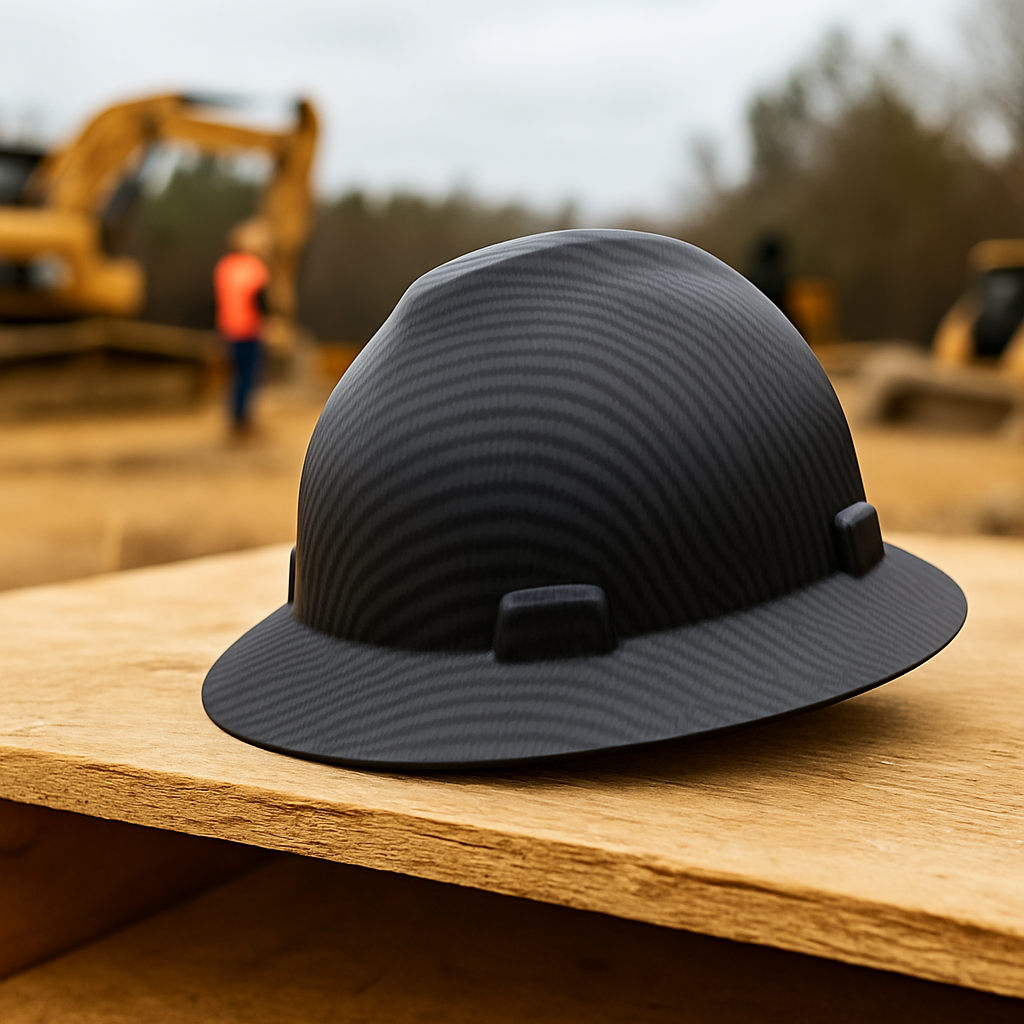OSHA Hard Hat Requirements (2025 Guide)
OSHA Hard Hat Requirements (2025 Guide)
Keeping your crew protected isn’t just smart — it’s the law. OSHA requires employers to ensure all head protection on job sites meets strict safety standards. This guide explains what OSHA hard hats mean, how they’re classified, and what to look for to keep your job site compliant.
What OSHA Says About Hard Hats
Under OSHA Standard 29 CFR 1910.135 (Head Protection), employers must provide head protection whenever there’s a risk of:
-
Falling or flying objects
-
Electrical hazards
-
Contact with fixed or protruding structures
In short: If there’s a risk of impact or electrical contact, OSHA requires hard hats.
But OSHA doesn’t “certify” hard hats directly — instead, it defers to the ANSI Z89.1 standard, which defines performance and testing requirements.
Understanding ANSI Z89.1 Hard Hat Types and Classes
Every OSHA-compliant hard hat must meet ANSI Z89.1-2014 or newer.
Here’s how the classifications break down:
| Type | Protection | Typical Use Case |
|---|---|---|
| Type I | Top impact only | General construction, roofing |
| Type II | Top + lateral impact | Utilities, heavy construction, industrial |
| Class | Electrical Rating | Application |
|---|---|---|
| Class E (Electrical) | Up to 20,000 volts | Electricians, linemen |
| Class G (General) | Up to 2,200 volts | Manufacturing, general industry |
| Class C (Conductive) | No electrical protection | Ventilated work zones, non-electrical work |
🧠 Tip: OSHA-compliant = ANSI Z89.1 certified. Always check the label inside the hard hat for the ANSI Type and Class rating.
When to Replace an OSHA Hard Hat
Even the toughest helmets have a service life.
-
Replace every 5 years from manufacture date.
-
Replace sooner if there’s a visible crack, impact, or fading (UV damage).
-
Inspect monthly for suspension wear, dents, or brittleness.
For compliance documentation, record replacement dates and inspection logs as part of your company’s safety program.
Common OSHA Violations for Head Protection
According to OSHA’s annual citation data, hard hat violations often result from:
-
Workers wearing non-compliant helmets (non-ANSI rated imports)
-
Expired helmets past their service life
-
Incorrect class (e.g., Class C used on live electrical work)
-
Failure to enforce PPE use on-site
These fines can range from $5,000–$15,000 per incident, depending on the violation’s severity.
How to Stay OSHA Compliant
To stay compliant:
-
Purchase only ANSI Z89.1-certified hard hats.
-
Match the Type and Class to the job hazard.
-
Train your crew on inspection and replacement.
-
Document issuance and inspection dates.
-
Keep spare helmets for replacement or inspection failure.
Shop OSHA Compliant Hard Hats
All Contractor PPE hard hats meet or exceed OSHA and ANSI Z89.1 requirements for impact and electrical protection.
From Class E full brim to vented carbon fiber models, every helmet is ready for jobsite compliance.
👉 Shop OSHA Hard Hats
👉 Shop ANSI Z89.1 Hard Hats
FAQs
Q: Does OSHA approve hard hats?
No. OSHA requires helmets that meet the ANSI Z89.1 standard. The manufacturer certifies compliance.
Q: What’s the difference between ANSI and OSHA?
OSHA enforces safety laws; ANSI develops the test standards OSHA references.
Q: Are carbon fiber hard hats OSHA approved?
Yes, if labeled ANSI Z89.1 compliant, they meet OSHA’s head protection rule.


